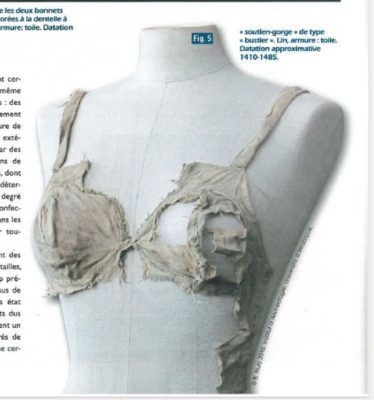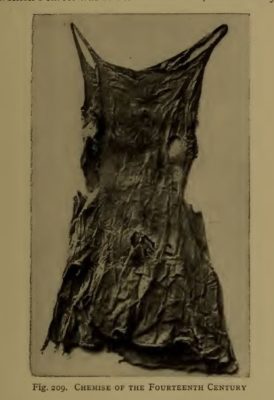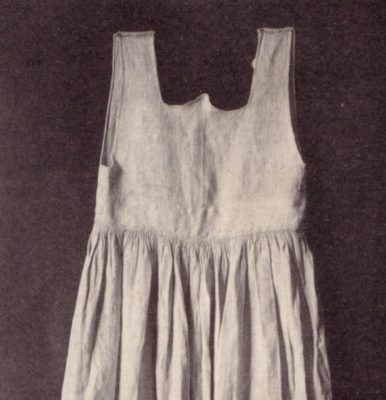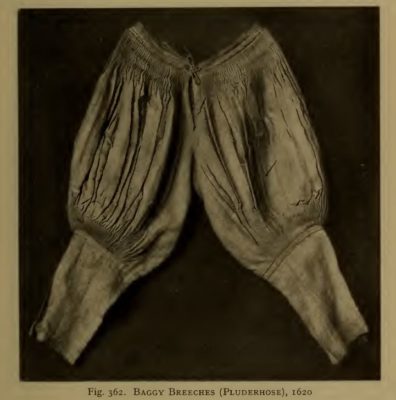cleves overhaul continues
I am giving serious thought to changing the shape of my hembden (shirts.) There are enough finds and illustrations showing plain linen garments worn directly against the skin. It’s not a terribly easy task to figure out how I want to do this, but remodelling garments like these are seen also.
Given the Cleves region kept hold of the tappert style (houppelande) for so long, and the underdress, it seems likely that white linen goods may have as well.
The style is very much about curves, it’s somewhere between Saxon and houppelande (which sounds weird but there it is) so there is a fair bit of fit in the underbust to waist and then softness above and below.
A full hemd adds bulk to the waist so I need to at least narrow mine a bit. There are a few options. But the Lenberg finds show fitted linen goods and there are more.
This is a 14thC chemise from Kohler’s History of Costume. Not credited in the English version. I thought I had a copy of Practische Kostumkunde.. but I’ll keep checking.
This is from Der Renaissancefund von Poysdorf I may be able to get the full article on ILL, but if you live in the US you can get the full journal it is from from HATHI Trust, Werke der Volkskunst, vol. 1. It’s described as grey linen, and one of the many books my brain has chomped through suggested that grey linen was especially used in clothing for the poor, via the church. I’m sure this is a single layer skirt and bodice but with a very wide waistband- possibly created by turning up a very long seam allowance, possibly allowing for continued use from young age.

This is one of the Lenberg finds and this photo is specifically from the Academia online copy by Beatrix Nutz (huge thank you to all scholars sharing their works this way.) (edit- removed the garment that is a lining, so as to not confuse, see Marion’s comment below. There is so much work to be done on these finds, also there is a scrap of yellow silk that is juts.. I want it.)
So here we have all fitted, semi fitted plain linen garments. Basically controlled fullness is the aim here.
I do want sleeves to protect my garment sleeves,so I do need to figure that out.
Also, this is not quite the same but a pair of what i think are linen hose, the calf is very fitted, there is a waistband and the fullness is maintained where needed.
This is not really the best scan of this book, but there is a very clear under layer aspect to them, the fitted calves would would under boots or hose really. It’s still an example of a fitted and full section.


